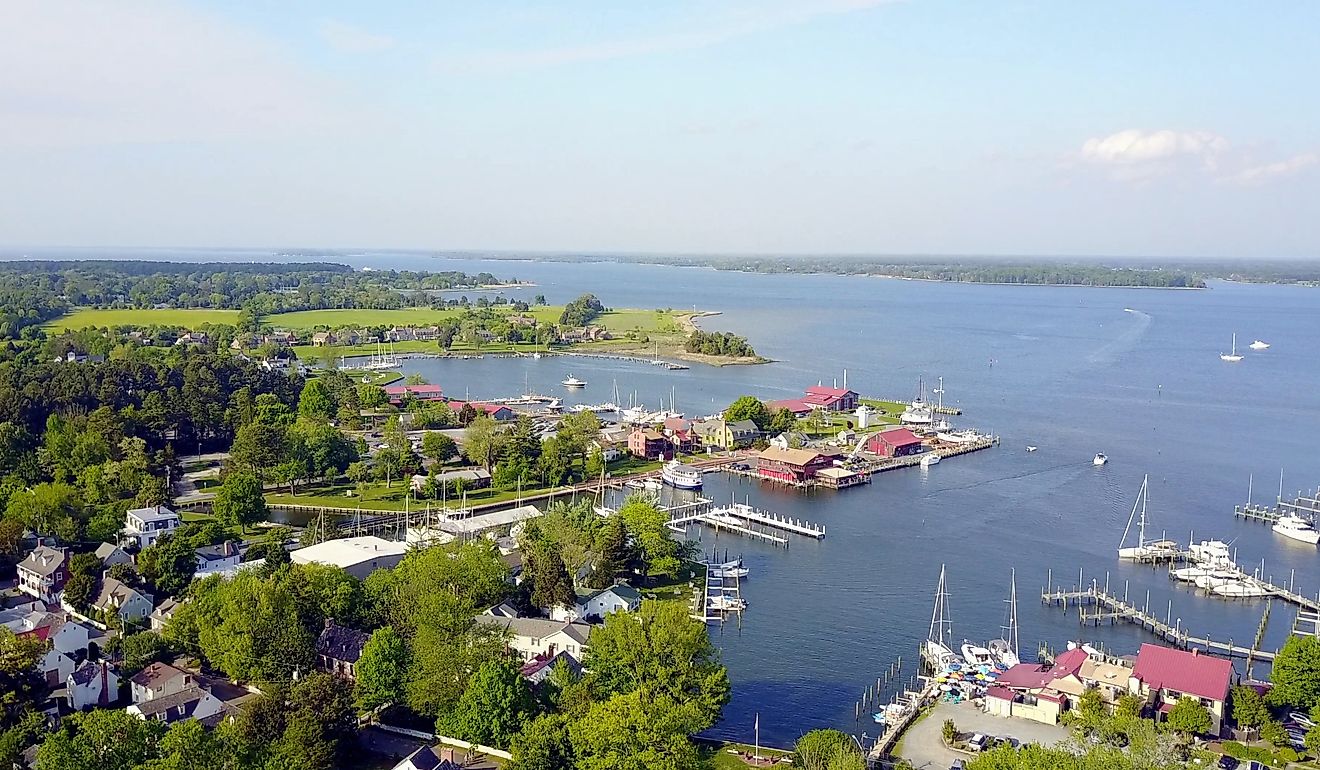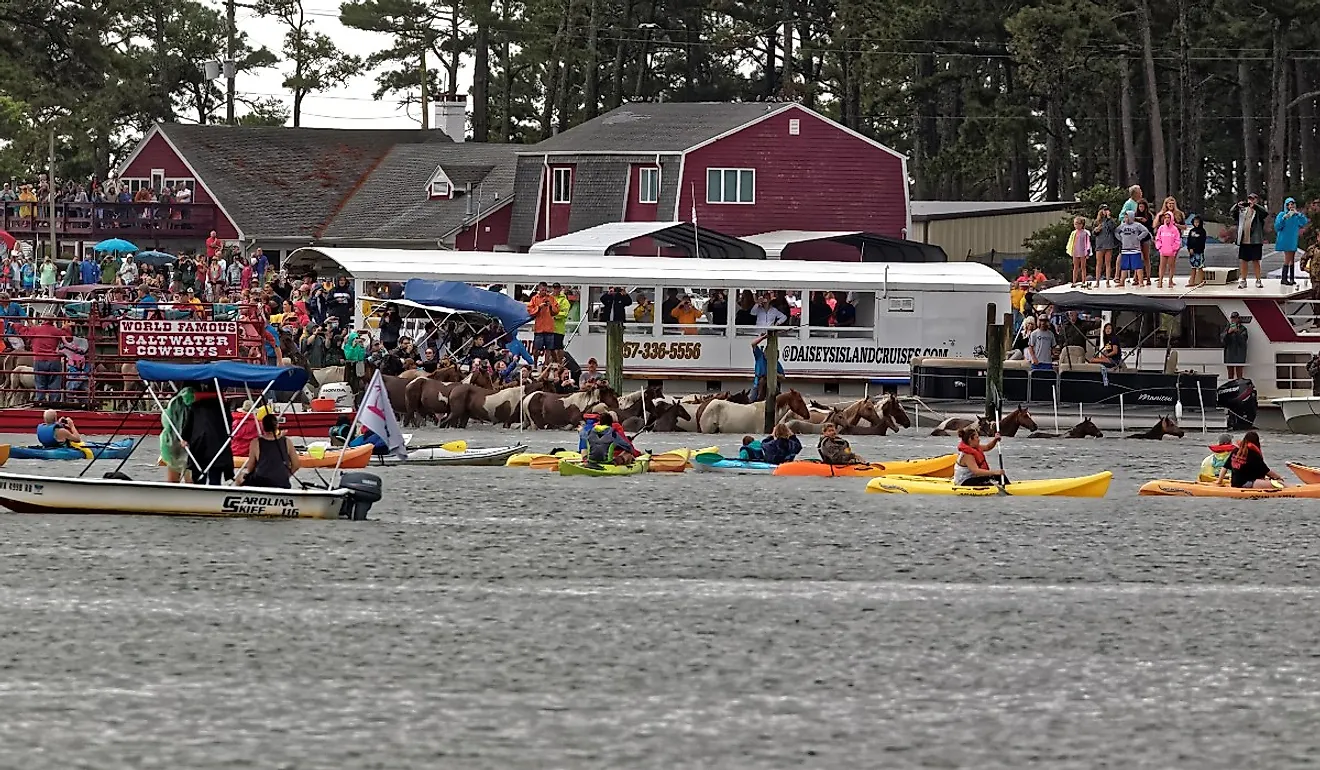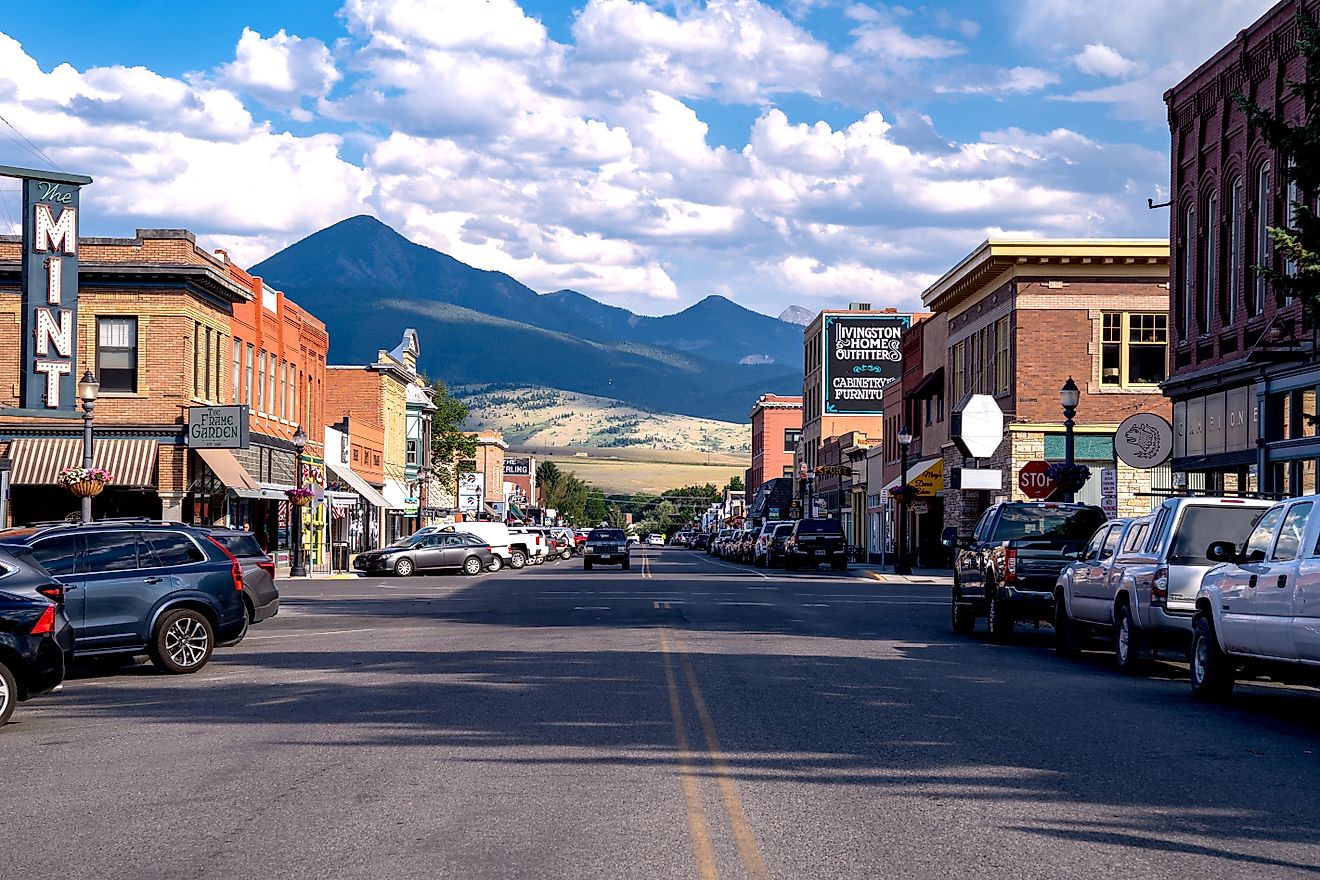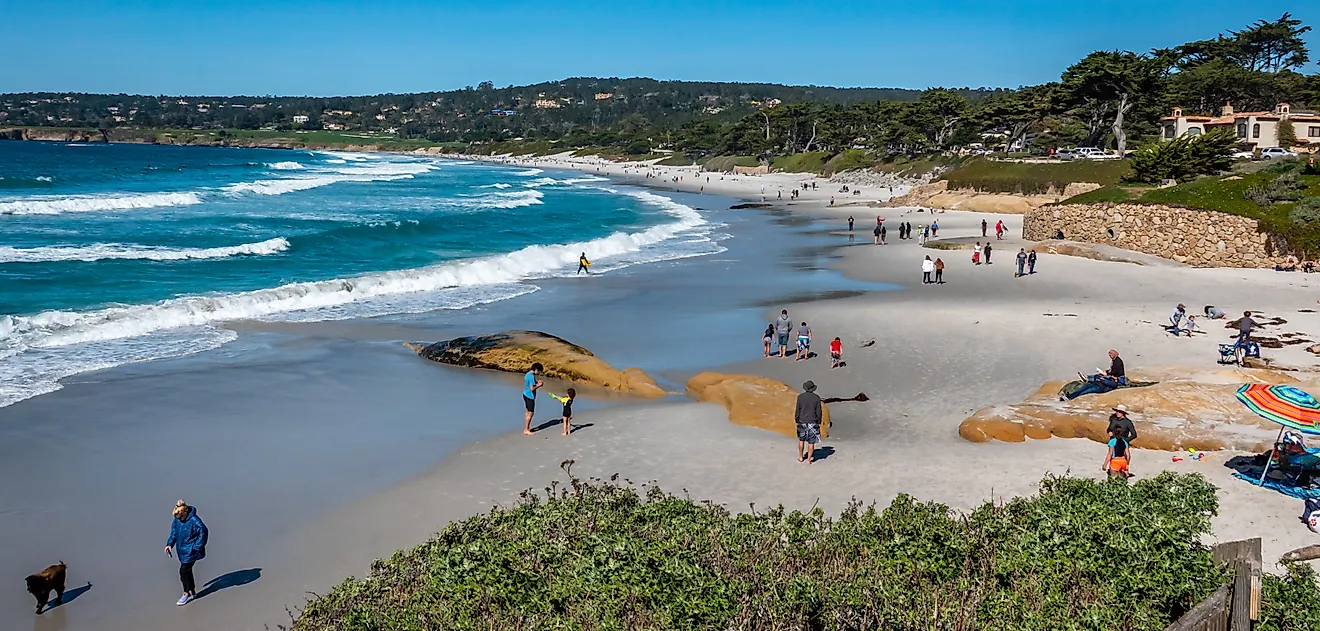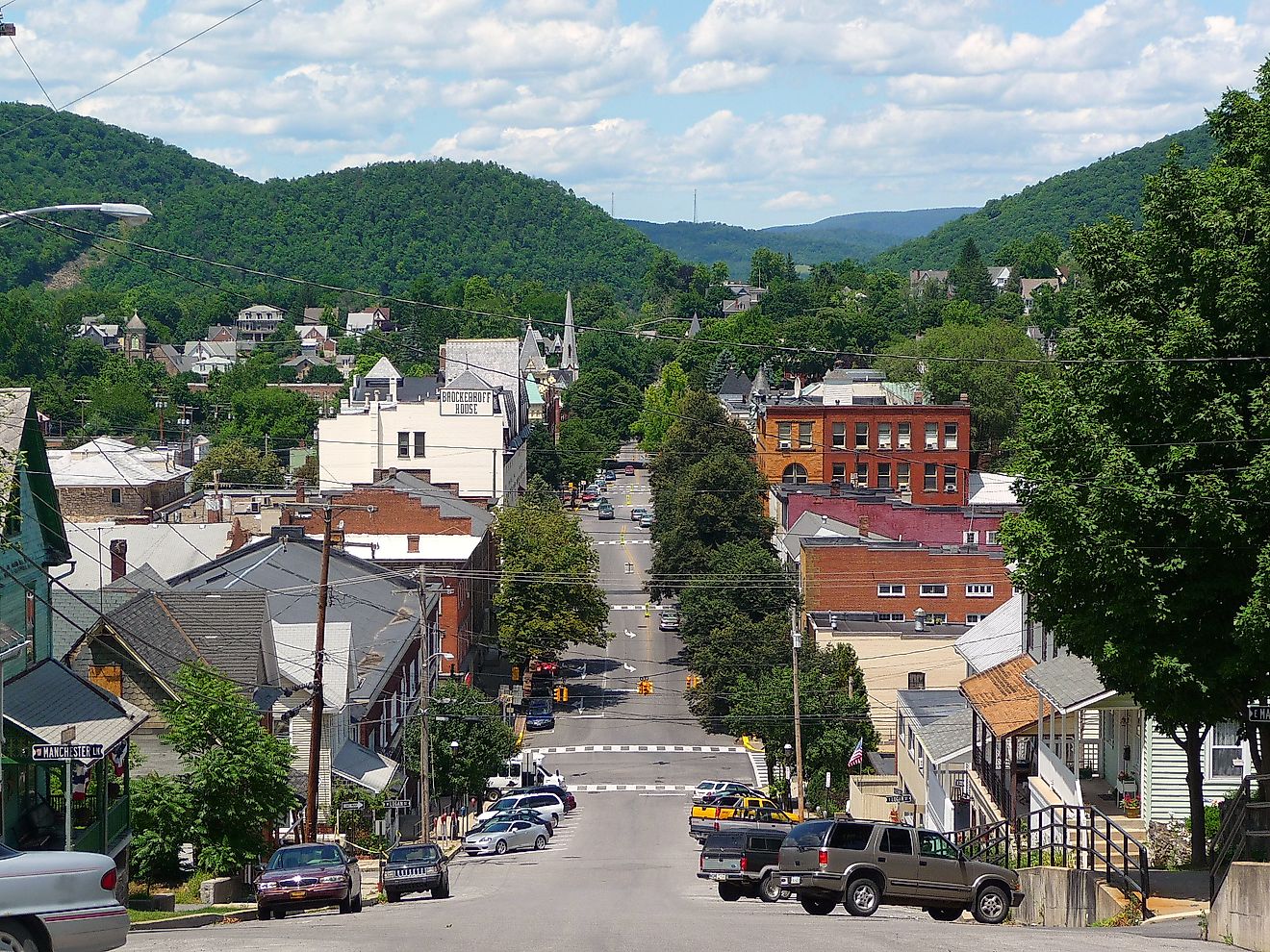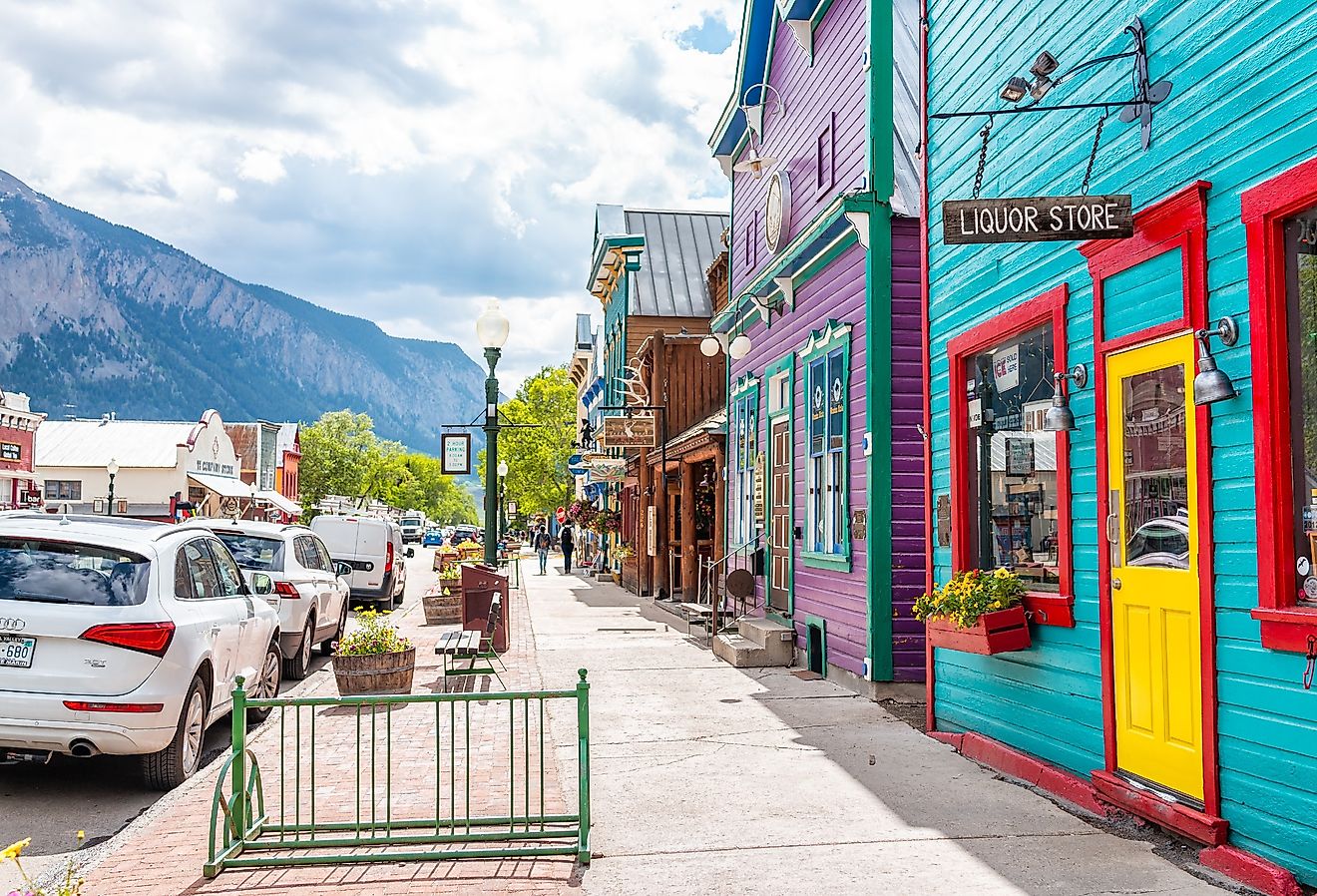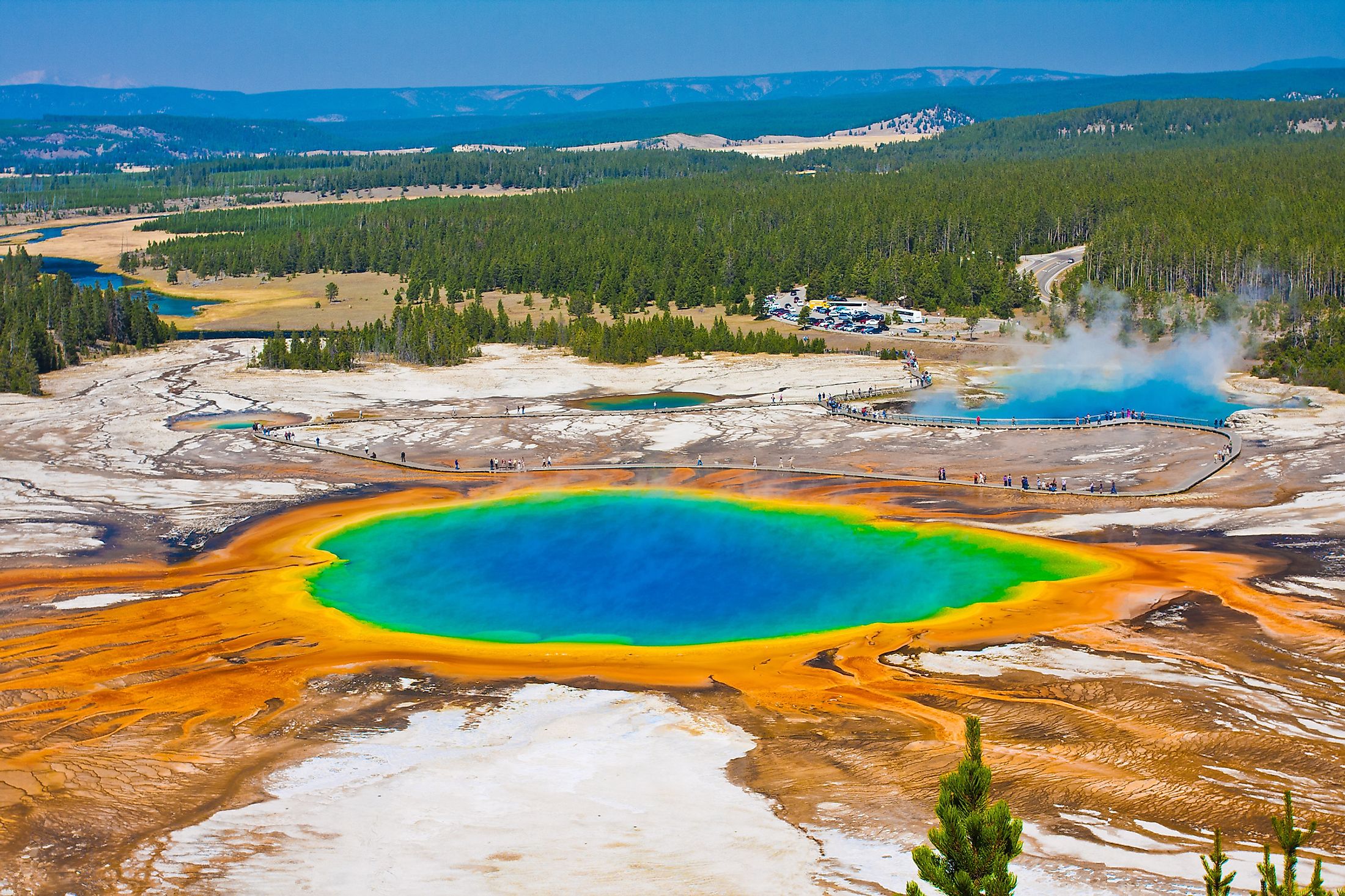
9 Surprising Yellowstone National Park Facts
Yellowstone National Park is one of the United States’ most important natural treasures, covering an amazing 9,000 square kilometers! Founded 150 years ago by an act of Congress, visitors can find beautiful hot springs, geysers, stunning cliffs, and of course, an abundance of splendid wildlife within the immensity of Yellowstone. But for a place as large and famous as Yellowstone, there are still some things many visitors may not know about this great natural playground. This article looks at Nine Surprising Facts about Yellowstone National Park.
It Derives Its Name From The Hidatsa Native American Language

From a Hidatsa phrase meaning “Yellow Rock River,” the name refers to the many yellow-colored sandstones within the now Yellowstone River. For a time, French fur trappers translated this name for the area as a whole to “Roche Jaune,” but as English-speaking settlers came to dominate, the name eventually was once again translated to English. Indeed even the famed expeditionary duo of Lewis and Clark noted in their journals from 1806 the term “Yellow Stone” to describe the river and forested surroundings.
The Park Spans Three States

At an elevation of 8,100 feet and covering a monumental area of just under 9,000 square kilometers, Yellowstone National Park extends into three states: Montana, Idaho, and Wyoming. While most of it lies within Wyoming (95 %), it nonetheless spans an area across three borders, the most of any National Park. Furthermore, Yellowstone National Park is larger than both the States of Delaware and Rhode Island combined!
The Park Has The Highest Concentration Of Mammals In The Continental US

Anyone who has visited Yellowstone National Park can testify to the extraordinary display of wildlife that calls the Park home. In fact, the Park has the highest concentration of mammal wildlife in all of the lower 48 States! With an estimated 67 different species within Park grounds (not including upwards of 300 bird species and up to 20 fish varieties), Yellowstone truly is a haven for some of the most diverse mammalian life. Sightings typically include wolves, bison, grizzly bears, and moose, but remember to stay a safe distance away!
Yellowstone Is Located Above A Supervolcano

Yellowstone National Park is amazingly centered right on the Yellowstone Caldera, the largest supervolcano on the North American continent. Although it is a mostly dormant volcano today, eruptions from supervolcanos can reach a whopping magnitude of 8 on the Volcanic Explosivity Index, keeping geologists in the area always on alert. Measuring some 70 by 45 kilometers, the Yellowstone Caldera occasionally spews out bits of lava.
Old Faithful Erupts Up To 20 Times A Day

The famed Old Faithful geothermal geyser is amongst Yellowstone’s most popular attractions. With eruptions reaching as high as 145 feet, up to 32,000 liters of water are ejected. But for those worried about when they should time their visit, Old Faithful lives up to its name. It faithfully erupts every 60 to 90 minutes, around 17 to 20 times a day! Eruptions can also last between one to five minutes, meaning that no two are ever the same.
The Park Has Hundreds Of Waterfalls And Walking Trails

Though there are up to 45 waterfalls and other cascades that have been surveyed and named in Yellowstone, it is estimated that there are hundreds more that have yet to be charted. In addition, the Park has an astonishing 1,500 kilometers (900 miles) worth of hiking trails, meaning there is never a shortage of ways to experience all that Yellowstone has to offer. Explore some great waterfalls, like the Yellowstone Falls on foot, or take an adventurous bike ride through some breathtaking vistas.
Bison Have Lived In The Area Since Prehistoric Times

An estimated 4,800 bison populate Yellowstone National Park, and they are the longest continuous species to have lived in the area. Geologic records show that these majestic beasts have graced the area now known as Yellowstone for thousands of years, dating back to prehistoric times. Through the discovery of fossils and historical records from indigenous people and European settlers, researchers have determined that bison are indeed the longest natural inhabitants of this area of wilderness.
Old Faithful Has Been Used To Wash Clothes
The Old Faithful geyser ejects boiling water, and today visitors to Yellowstone National Park are advised to stay a safe distance from the eruptions. But during the 1880s, explorers in the area decided to try washing their clothes right at the spout! Placing their items right inside the crater, they found that cotton and linen items were thoroughly cleaned, while the force of the eruption destroyed wool clothing. While this activity certainly is not allowed today, if all other washing methods fail, Old Faithful may just be the solution.
Some Yellowstone Hot Springs Are Acidic And Boiling

Though they are beautiful to observe, many of Yellowstone National Park’s hydrothermal hot springs are indeed not just extremely hot but acidic. Boiling waters can explode at times and may even explode into the air, mimicking a geyser. At the Norris Geyser Basin, minerals and other microorganisms give the water a beautiful color, but beware its acidity is dangerous. For those looking to enjoy Hot Springs in the area, be sure to know which ones are safe to enter and which are simply too hot and corrosive.
When it comes to National Parks in the United States, none can truly compare to the size and scope of Yellowstone. Spanning three States and over a sprawling area, the history, wildlife, and totally stunning surroundings make it truly the quintessential definition of a national treasure. These lesser-known facts add to the allure of Yellowstone, and to all who travel within it a glorious time of discovery will always be near.
